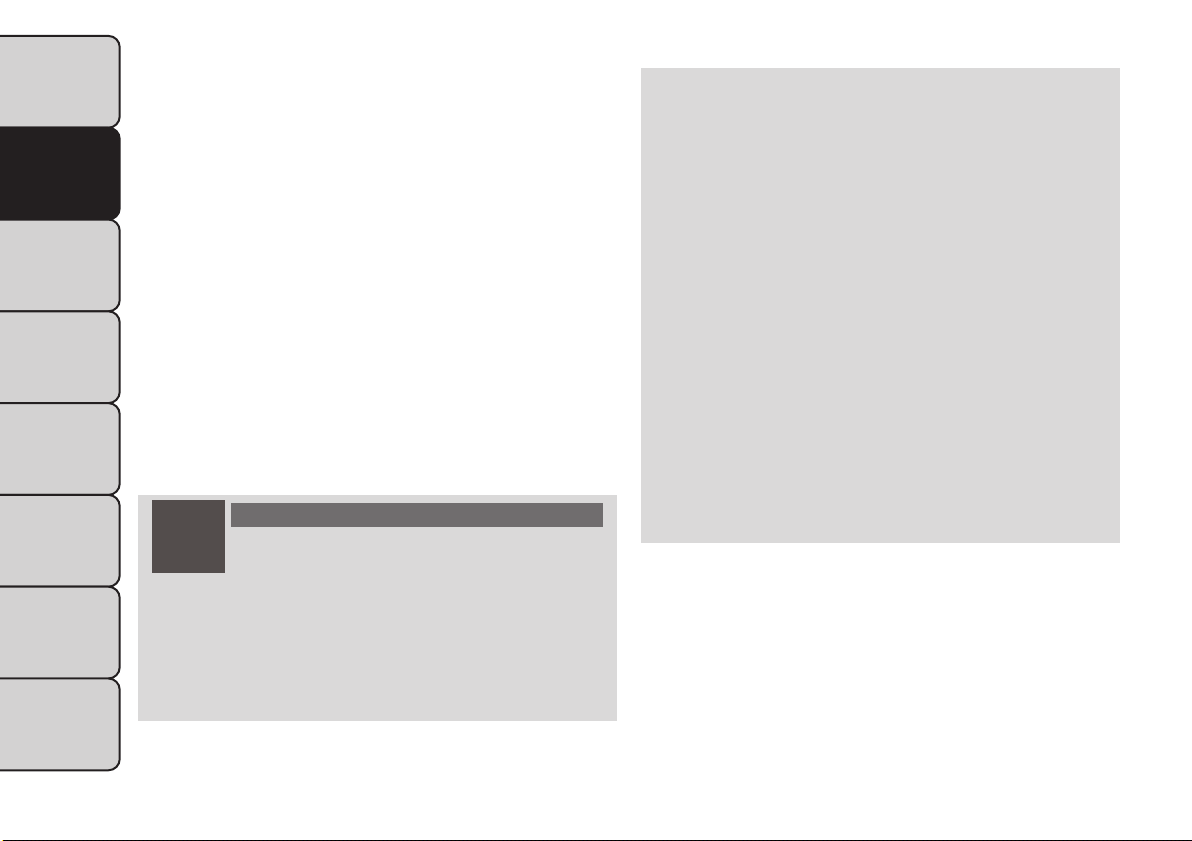Loading ...
Loading ...
Loading ...

Research has shown that seat belts save lives, and they
can reduce the seriousness of injuries in a collision.
Some of the worst injuries happen when people are
thrown from the vehicle. Seat belts reduce the possi-
bility of ejection and the risk of injury caused by striking
the inside of the vehicle. Everyone in a motor vehicle
should be belted at all times.
Lap/Shoulder Belts
All seating positions in your vehicle are equipped with
a combination lap/shoulder belt.
The belt webbing retractor is designed to lock during
very sudden stops or impacts. This feature allows the
shoulder part of the belt to move freely with you under
normal conditions. However, in a collision, the belt will
lock and reduce your risk of striking the inside of the
vehicle or being thrown out.
WARNING!
• It is dangerous to ride in a cargo area,
inside or
outside of a vehicle. In a colli-
sion, people riding in these areas are more likely
to be seriously injured or killed.
• Donotallowpeopletorideinanyareaofyour
vehicle that is not equipped wi th seats and seat
belts.
(Continued)
(Continued)
• Be sure everyone in your vehicle is in a seat and
using a seat belt properly.
• Wearing a seat belt incorrectly is dangerous.
Seat belts are designed to go around the large
bones of your body.These are the strongest parts
of your body and can take the forces of a collision
the best. Wearing your belt in the wrong place
could make your injuries in a collision much
worse.You might suffer internal injuries, or you
could even slide out of part of the belt. Follow
these instructions to wear your seat belt safely
and to keep your passengers safe, too.
• Two people should never be belted into a single
seat belt. People belted together can crash into
one another in a collision, hurting one another
badly. Never use a lap/shoulder belt or a lap belt
for more than one person, no matter what their
size.
188
KNOWING
YOUR
VEHICLE
SAFETY
STARTING
AND
DRIVING
WARNING
LIGHTS
AND
MESSAGES
IN AN
EMERGENCY
SERVICING
AND CARE
TECHNICAL
SPECIFICATIONS
CONTENTS
Loading ...
Loading ...
Loading ...